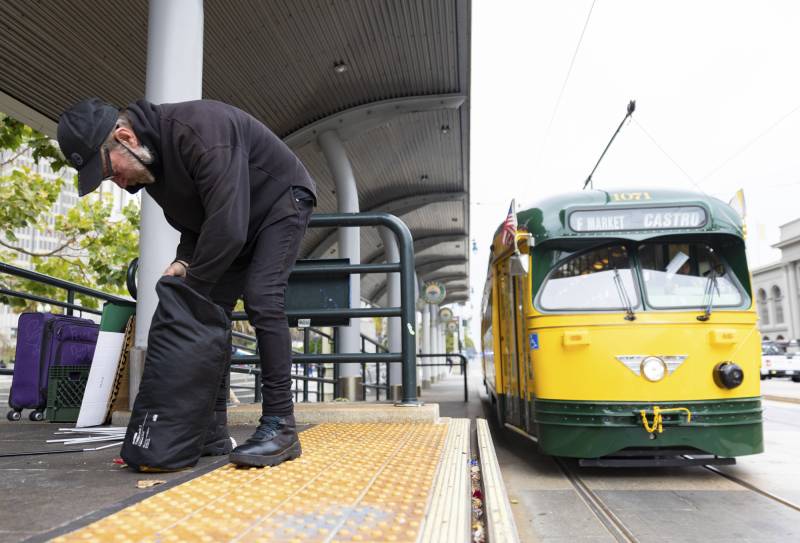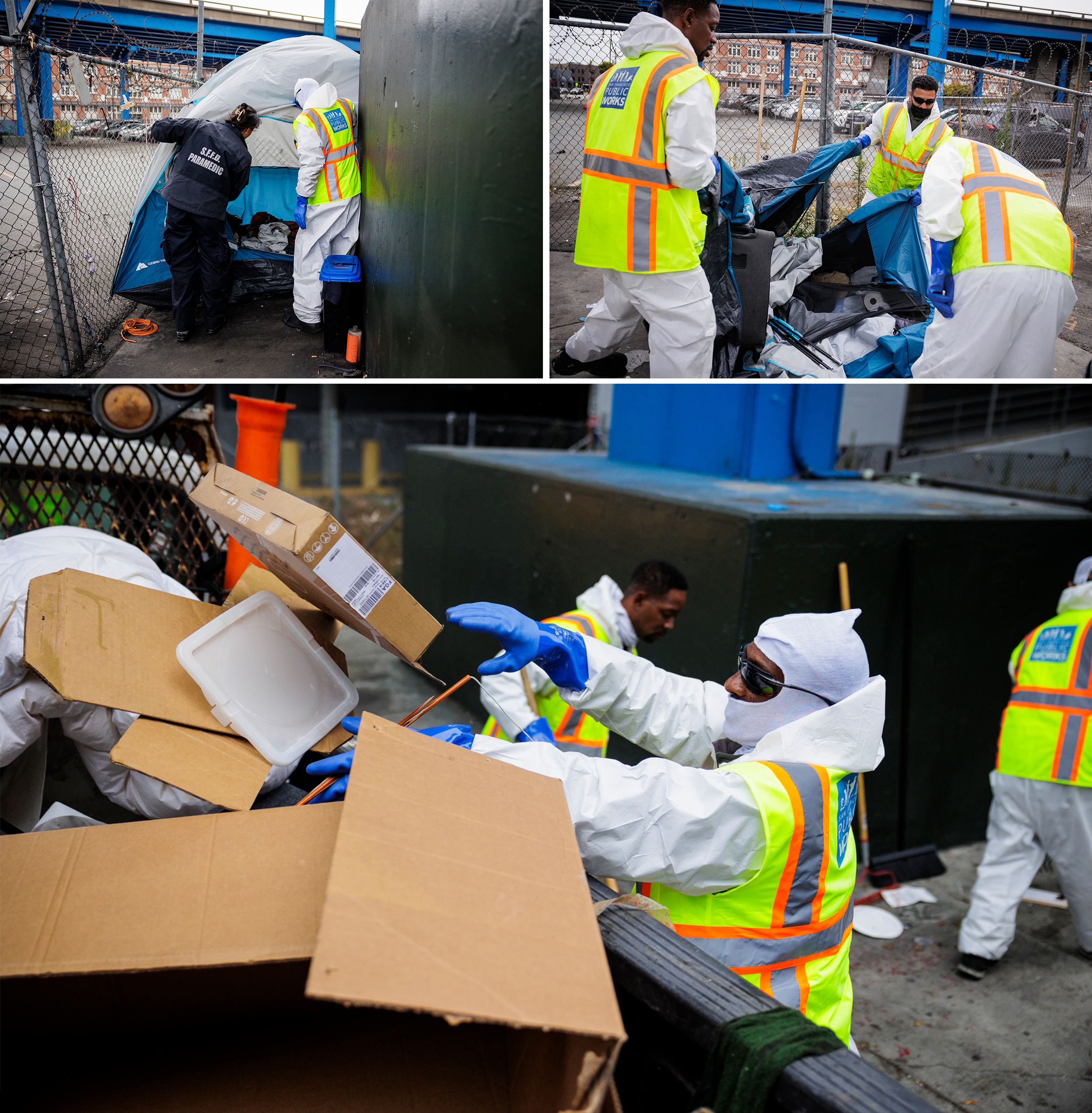Updated 12:35 p.m. Thursday
The number of tents on San Francisco streets is at its lowest point since before the city started counting in 2018, according to new quarterly figures announced on Thursday by Mayor London Breed.
The latest tally, conducted this month, found 242 tents and other structures around the city, down 60% from the 609 counted in July 2023, when a steady month-over-month decline began. The recent count found only five encampments of five or more tents, down from 14 last July. Declines were seen in every supervisorial district, ranging from a 9% drop in District 3 to 96% in District 8.
“We have seen more progress than we’ve seen in a long time because we’re making it harder for people to live on the streets,” Breed said at a Thursday press conference. “The goal is to not let people be comfortable living on the streets of San Francisco when we have an alternative.”



